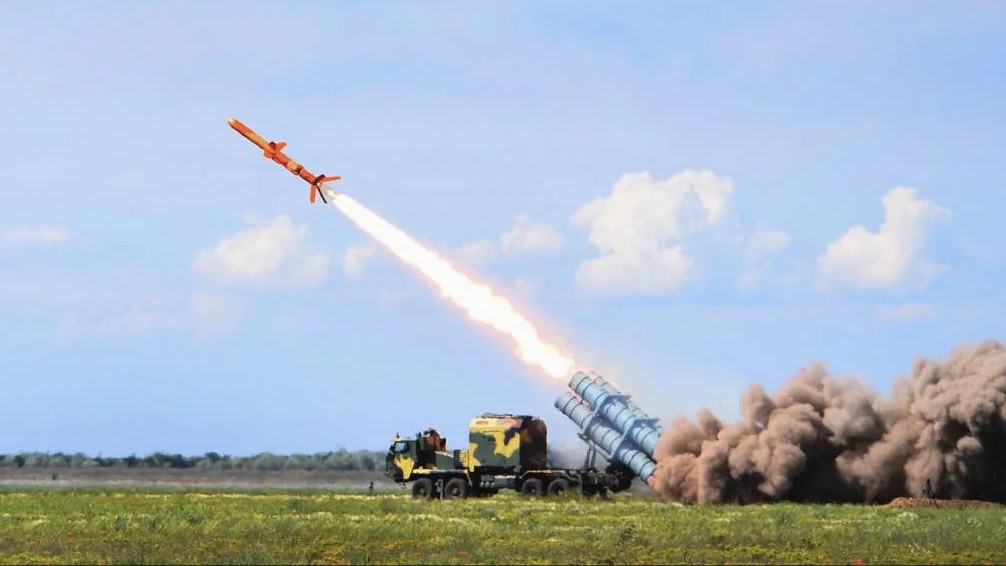Can the F-414 Engine Replace F-404 Engine in Tejas Mk1A Without Major Modifications?

Amid supply chain hurdles impacting General Electric’s F-404 engines, India’s Tejas Mk1A fighter jet program faces potential delays. As Hindustan Aeronautics Limited (HAL) pushes forward, many have begun to question the possibility of replacing the F-404 engines with the more advanced GE F-414 engines—an upgrade that promises improved performance but comes with significant engineering challenges. To assess this possibility, we delve into the intricate differences between these engines and the technical implications for the Tejas Mk1A airframe.
Understanding the Core Differences Between F-404 and F-414 Engines
At first glance, the GE F-414 engine seems like a natural successor to the F-404, with clear advantages in power and overall combat capability. The F-404-GE-IN20, currently used in the Tejas Mk1A, delivers a maximum thrust of around 84 kN with afterburner, while the F-414-GE-INS6 produces a remarkable 98 kN. This performance boost could translate to greater agility, faster acceleration, and the ability to carry more weapons or fuel, thereby enhancing the operational flexibility of the Tejas Mk1A.
Yet, with increased thrust come added demands on the airframe. The F-414 engine, though only slightly larger in terms of fan diameter—35.5 inches compared to the F-404’s 35 inches—has higher heat dissipation requirements. The Tejas Mk1A’s airframe, which relies on a lightweight composite structure, might need thermal shielding enhancements around the engine bay. Moreover, the F-414’s weight of around 1,110 kg (dry) compared to the F-404’s 1,036 kg, while relatively small, could impact the aircraft’s center of gravity, necessitating minor structural reinforcements to maintain flight stability and maneuverability.
Can the Tejas Mk1A Handle the Power of the F-414?
The feasibility of integrating the F-414 into the Tejas Mk1A depends on a series of interconnected factors. Firstly, both engines share the same length of 154 inches, meaning that the overall engine bay space requirement remains unchanged. This is a significant point in favor of a retrofit, as it implies minimal modification to the longitudinal structure of the aircraft. However, even small dimensional differences, such as the increased fan diameter, require reworking the air intake and cooling systems. The Tejas Mk1A would likely need adjustments to ensure that the increased airflow demands of the F-414 are adequately met, especially at high altitudes.
The higher thrust output also necessitates stronger engine mounts and potentially additional reinforcement in areas that bear structural loads. Given that the F-414 generates more heat, redesigning the exhaust area and reinforcing the heat shielding become critical steps. While HAL’s engineering teams have a proven record of overcoming design challenges, the integration of a more powerful engine could significantly increase development and testing costs.
Another layer of complexity lies in software integration. The engine control system for the Tejas Mk1A would need reprogramming to accommodate the F-414’s distinct operating characteristics, such as fuel flow, afterburner parameters, and thrust management. This aspect would require close collaboration with GE Aerospace, adding time and complexity to an already delayed program.
Performance Gains vs. Potential Trade-Offs
Switching to the F-414 engine would undoubtedly bring substantial performance gains. The Tejas Mk1A’s thrust-to-weight ratio would improve, enhancing agility and allowing shorter takeoff runs—a key advantage in tactical situations. Furthermore, the increased thrust would enable the aircraft to operate at higher altitudes and carry more ordnance, making it more versatile in both air-to-air and air-to-ground missions.
However, these benefits must be weighed against potential drawbacks. The F-414’s greater fuel consumption could reduce the aircraft’s range, necessitating either additional internal fuel storage or the use of external tanks, which in turn could compromise aerodynamics. Additionally, integrating the new engine would come at a higher cost, and the Tejas Mk1A’s production schedule might be further delayed as engineers undertake structural modifications and rigorous flight testing.
Is the Upgrade Worth the Effort?
The crux of the debate centers on whether the performance enhancements justify the investment and development effort. While the F-414 offers clear advantages, the retrofitting process would be complex and costly. If HAL decides that integrating the F-414 is too expensive or time-consuming, alternatives might include accelerating the Tejas Mk2’s timeline, as it is already designed to house the F-414 engines. Alternatively, India could explore domestic manufacturing of F-404 engines or create a strategic reserve to mitigate supply delays.
Overall, replacing the F-404 engines on the Tejas Mk1A with F-414 engines remains a technically feasible but economically and logistically challenging option. The decision will likely hinge on a careful assessment of long-term strategic benefits versus immediate program requirements and costs. As India’s aerospace ambitions continue to grow, the Tejas program will remain central to enhancing national defense capabilities, with engine technology playing a pivotal role in its success.


